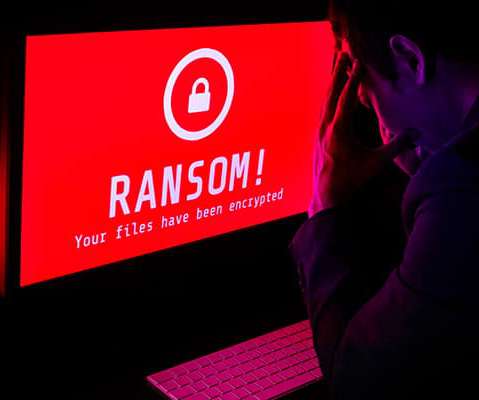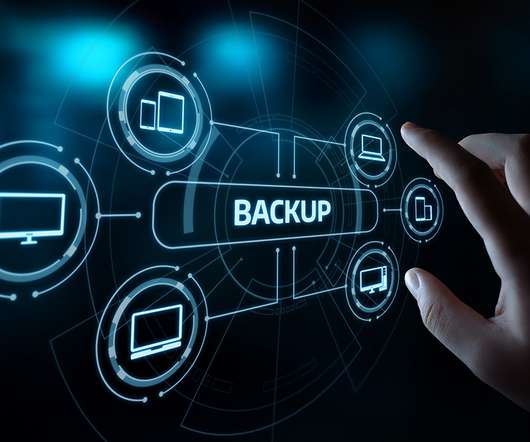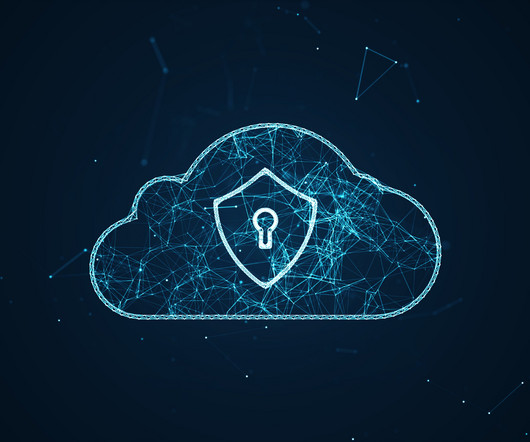Security Affairs newsletter Round 362 by Pierluigi Paganini
Security Affairs
APRIL 24, 2022
Phishing attacks using the topic “Azovstal” targets entities in Ukraine Conti ransomware claims responsibility for the attack on Costa Rica Cyber Insurance and the Changing Global Risk Environment A stored XSS flaw in RainLoop allows stealing users’ emails QNAP firmware updates fix Apache HTTP vulnerabilities in its NAS Pwn2Own Miami hacking contest (..)















Let's personalize your content